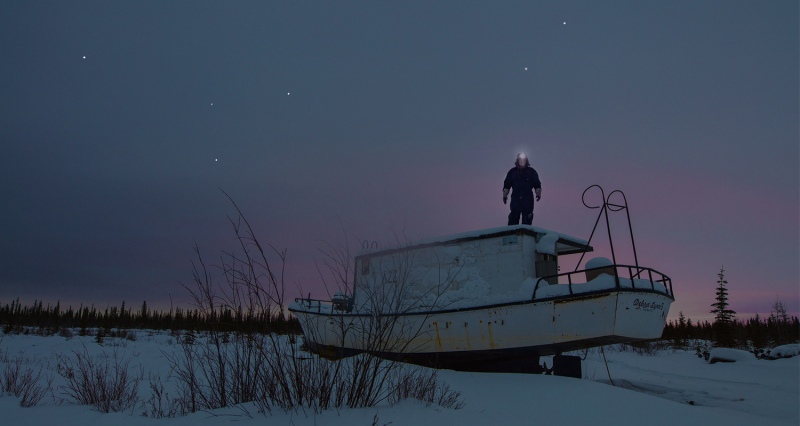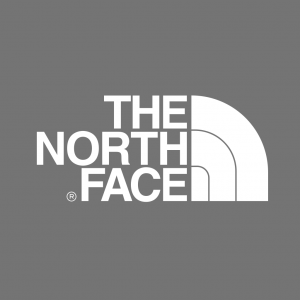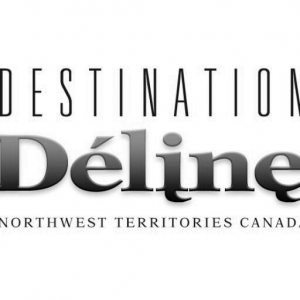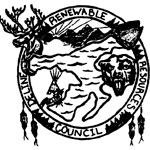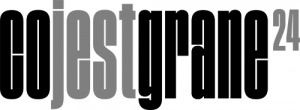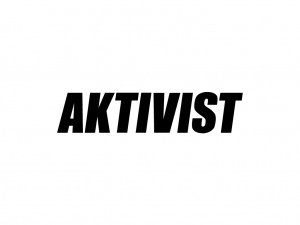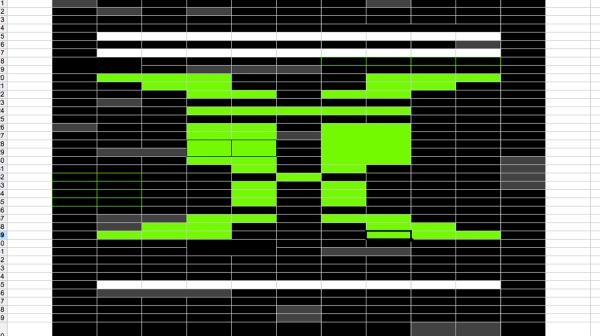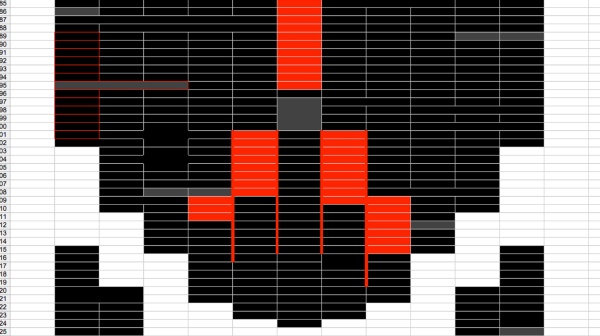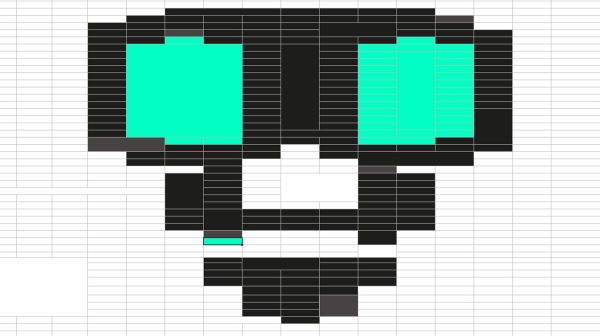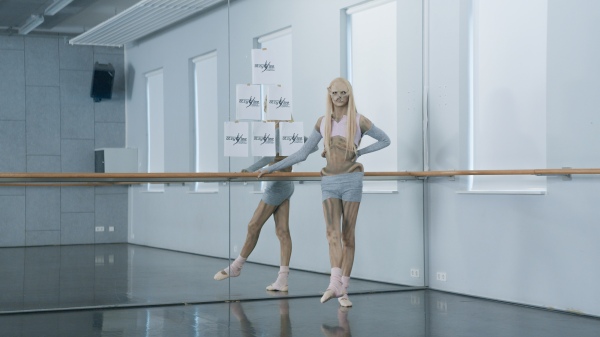Kuba Bąkowski
The Return of the Giant Hogweed King
In the chapter created by Michał Frydrych, Villa Straylight was a model of linguistic space where language was understood as a programming code of reality and its' matter at the same time. Piotr Grabowski treated Villa as a spatial representation of a battlefield of economic, cognitive and existential struggle, taking place at the edge between the Real and the Virtual.
In the final, 3rd chapter, Kuba Bąkowski changes the space of Villa Straylight into a place that we can imagine as a museum of natural history that persists after its original organising categories have fallen into pieces. In this deconstructed museum, after the end of (natural) history, the exhibits start to mutate. The borders between nature and technology, between biological and mechanical beings become blurred; similarly to the distinction between anthropology and science fiction, or research and confabulation developed on its basis. It's a place where existing, extinct and imagined creatures meet radioactive materials, celestial bodies and people. The exhibits of this "museum" - kinetic sculptures, photographic images, astronomic models―have been created by an artist who combines the approach of a non-orthodox scientist, engineer and performer.
In the first part of the show, Kuba Bąkowski presents machine-sculptures, whose anatomy suggests organic forms. The artist assigns them certain functions and gives them a bit of independence from the author and the viewer. I don't pay for my pleasure―says, in Morse code, one of the sculptures, whose shape resembles a primitive organism, an ancient chordate, but whose morphology has been borrowed from steel submarine hulls. The sculptures of Bąkowski are operational―they penetrate deep corners of the institution, inaccessible for the viewers, they look through digital camera eyes, project images, communicate―and communicate their existence.
Similarly to the original, literary Villa Straylight, the spacetime in Bąkowski's art becomes warped; the narrative of the first part of the exhibition takes place in the dimension of paradoxical, pre-historical futurology, where post-technological future is projected onto remote past. In this alternative spacetime, the post-industrial landscape changes into a post-geological one; while the cosmic space and celestial bodies can be human-made.
In the second part of the exhibition, the artist invites us to enter a set of events, journeys, collaborations and extreme adventures; with a photo corresponding to each of them. To photograph some of those situations, the artist travelled to the edges of the world―beyond the Arctic Circle, to an island in the middle of the Arctic Ocean or to the Great Bear Lake. Some situations were captured deep underground, others in post-industrial landscapes. The situations are built of places, but also - or maybe most of all - of actions undertaken in cooperation with other people, whom the artist managed to draw into the creative process: indigenous people of North Canada, miners, stunt performers, polar researchers. Together with them, Bąkowski orchestrated the lighting of artificial stars in the sky. This performative astronomy is an integral part of the artist's practice, developed at the intersection of science, adventure and fantasy. The object of cognition at the basis of this practice can be fictitious or even absurd, but the process of knowledge generation stays real and its results are credible and verifiable at the poetical level.
